

Early childhood education thrives on diversity. Multicultural teams bring rich perspectives, lived experiences, and linguistic variety that enhance learning environments for children and educators alike.
In this article, we explore how services can support respectful language use, address feelings of exclusion, and uphold the principles of the Early Years Learning Framework (EYLF) and National Quality Standard (NQS)—without compromising identity or connection.
Introducing diversity through books is a fantastic way to help children understand and appreciate different cultures, identities, and perspectives. It provides an opportunity to discuss similarities and differences between children's life and the characters in the book. The following article provides a list of 20 Best Books For Children About Diversity, Main Themes Explored In These Books, Diversity and the NQS and more.
The following article lists 20 Cultural Games, Instructions For Each Game, Benefits Of Teaching Children These Games, Linking To The EYLF and more.
Ensuring safe Holi colors for children is essential to protect their skin and overall health. The following article provides DIY Natural Holi Colours, Recipes for Holi Colors with Rice Flour, Fun Ways to Play with Holi Colours, Holi Safety Tips For Children and more.
Learning simple words in different languages can create an inclusive and engaging learning environment. The following article provides essential words that can be used with children within the learning environment who are learning English in Mandarin, Arabic, Vietnamese, Italian, Hindi, Greek, Spanish, Tagalog/Filipino, Korean, Canotnese, and Punjabi.
Reading books about diversity to children helps them understand and appreciate the many ways people can be different and yet similar. These differences can be in appearance, culture, language, beliefs, and abilities. The following article provides a list of children's books about diversity.
In this free online course, you will learn about the diversity of families, LGBTQ+ parented families precisely and how diversity is a positive part of Australian society. You will learn how to create learning opportunities for 0-8-year-olds that enable children to explore family diversity in an education and care setting.
Animals In Different Languages list the names of animals in 20 different languages spoken throughout Australia. These are very helpful for Educators to teach children animals in different languages.
Colours In Different Languages list colours in 32 different languages spoken throughout Australia. These are very helpful for Educators communicating with children where English isn't their first language and also teach children colours in different languages.
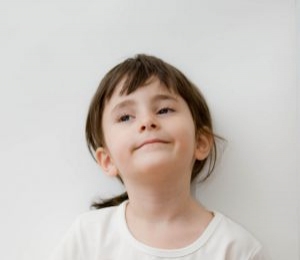 Open ended questions cannot be responded to with one word answers such as yes or no. These types of questions enables a child to provide… Read More
Open ended questions cannot be responded to with one word answers such as yes or no. These types of questions enables a child to provide… Read More
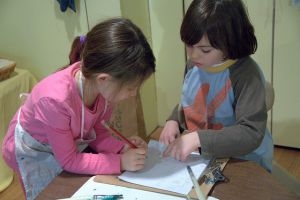 During your child’s preschool years, an important milestone begins to emerge. This is the development of pre-writing skills. Pre-writing skills are used to encourage, develop… Read More
During your child’s preschool years, an important milestone begins to emerge. This is the development of pre-writing skills. Pre-writing skills are used to encourage, develop… Read More
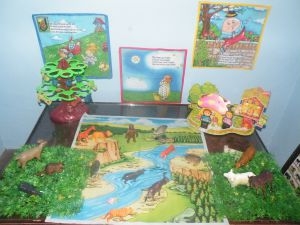 Open ended materials enables children to play freely. They are objects that have no rules to follow, use or function. Raw materials that can be… Read More
Open ended materials enables children to play freely. They are objects that have no rules to follow, use or function. Raw materials that can be… Read More
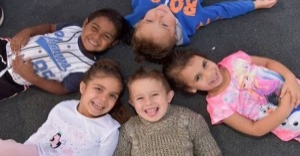 An Acknowledgment of the Country is a way of showing respect for the Traditional Owners and can be given by both non-Indigenous people and Aboriginal… Read More
An Acknowledgment of the Country is a way of showing respect for the Traditional Owners and can be given by both non-Indigenous people and Aboriginal… Read More
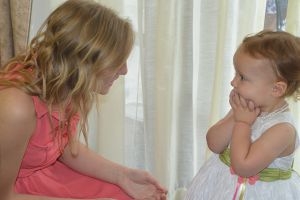 Language plays an important role in a child’s development. It enables a child to communicate effectively with their family, learn at school, socialize with friends,… Read More
Language plays an important role in a child’s development. It enables a child to communicate effectively with their family, learn at school, socialize with friends,… Read More
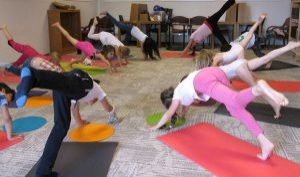 Like adults, children have to deal with their own stress in life. Moving house, starting a new school, preparing for a new sibling - these are… Read More
Like adults, children have to deal with their own stress in life. Moving house, starting a new school, preparing for a new sibling - these are… Read More
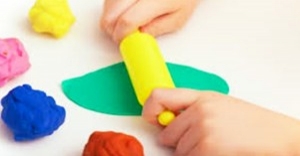 Playdough is such a versatile material. It provides numerous benefits to children as they manipulate it, it is safe and soothing and provides children with… Read More
Playdough is such a versatile material. It provides numerous benefits to children as they manipulate it, it is safe and soothing and provides children with… Read More
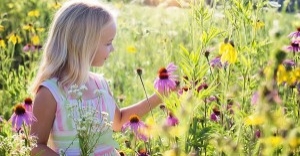 Teaching children about sustainability enables them to appreciate and respect the natural environment. Early childhood services can provide meaningful hand on learning experiences in order… Read More
Teaching children about sustainability enables them to appreciate and respect the natural environment. Early childhood services can provide meaningful hand on learning experiences in order… Read More
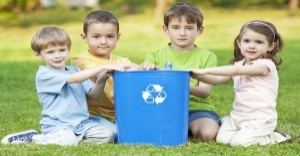 Recycling is an important concept that teaches children to care for the environment. It encourages children to be responsible and show a growing appreciating for… Read More
Recycling is an important concept that teaches children to care for the environment. It encourages children to be responsible and show a growing appreciating for… Read More
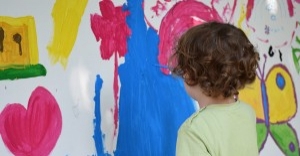 When children apply paint to paper, glue things together, or pound a lump of clay, they experiment with colour, shape design and texture.
Read More
When children apply paint to paper, glue things together, or pound a lump of clay, they experiment with colour, shape design and texture.
Read More
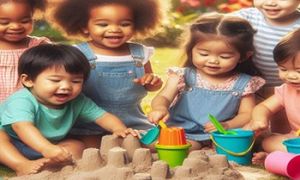
The value of play in early childhood cannot be overstated, as it is essential for...
See more...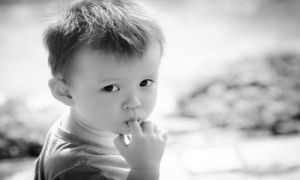
For Educators, one of the hardest tasks is getting children to listen. It may be...
See more...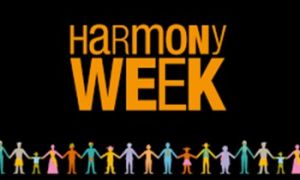
Harmony Week is celebrated from the 17th to the 23rd of March 2025. The following provides free...
See more...© 2009-2025 Aussie Childcare Network Pty Ltd. All Rights Reserved.
